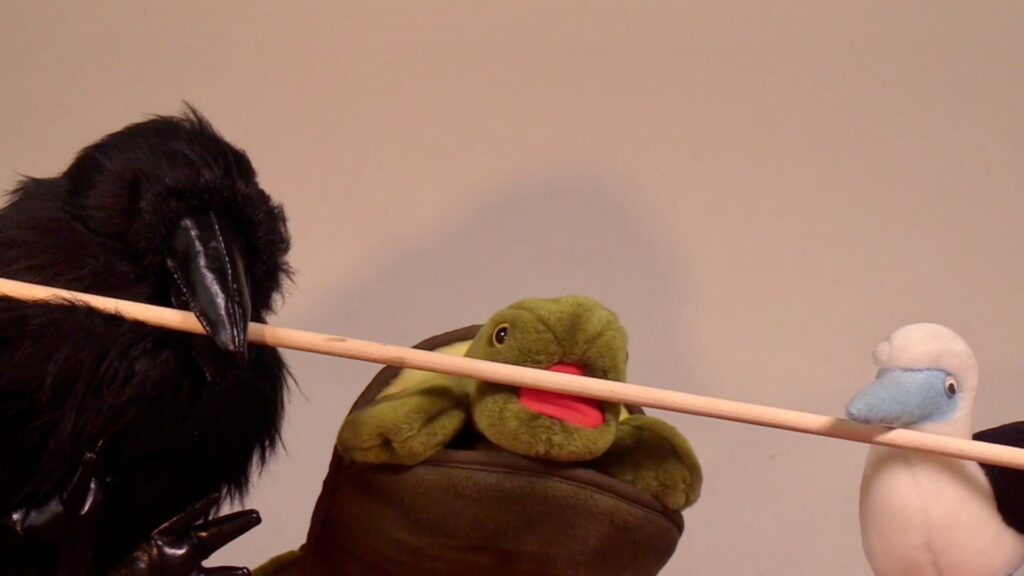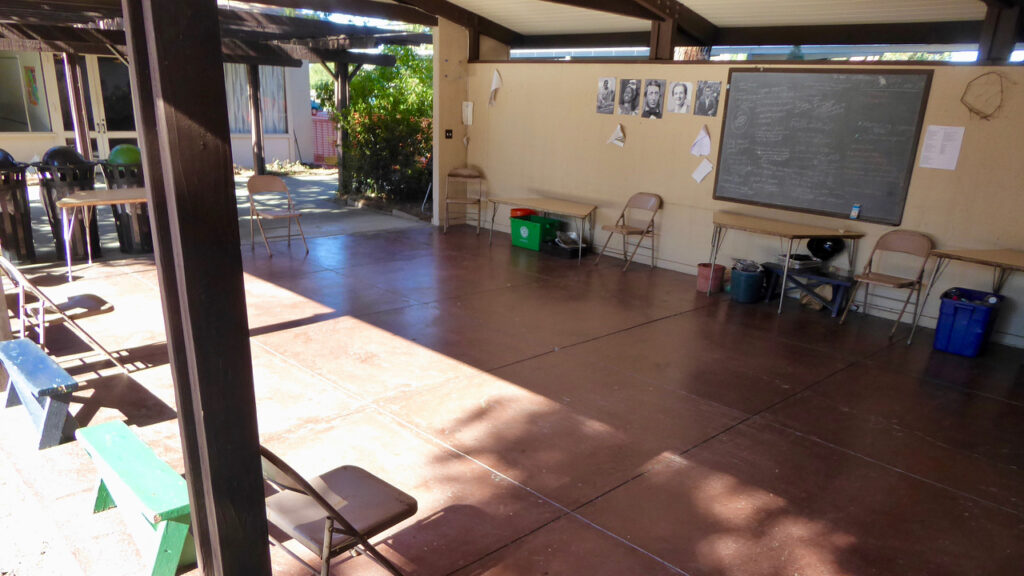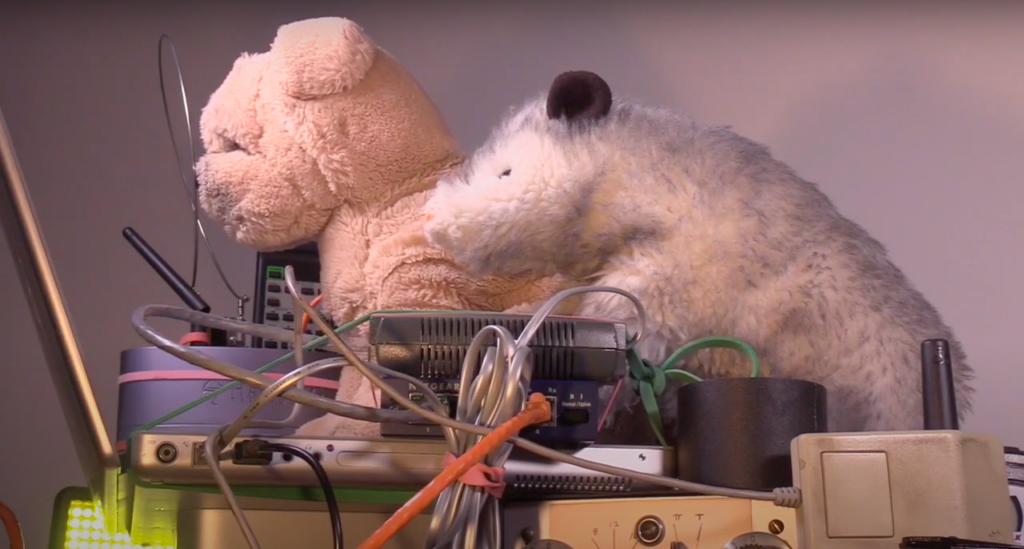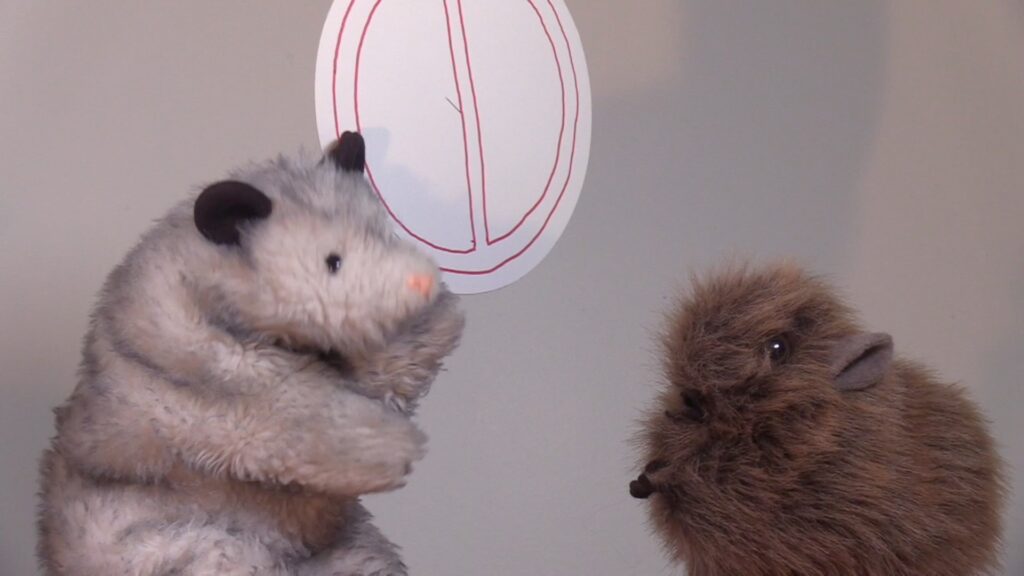A peer-reviewed paper published back in 2019 states that significant percentages of regular meditators may have negative meditation experiences:
“Surveying over one thousand regular meditators, this is the largest cross-sectional study to assess particularly unpleasant meditation-related experiences to date. Approximately one quarter of participants reported that they had encountered particularly unpleasant meditation-related experiences (e.g., anxiety, fear, distorted emotions or thoughts, altered sense of self or the world) in the past.” Schlosser M, Sparby T, Vörös S, Jones R, Marchant NL (2019) Unpleasant meditation-related experiences in regular meditators: Prevalence, predictors, and conceptual considerations. PLoS ONE 14(5): e0216643. https://doi.org/10.1371/journal.pone.0216643
I’m glad to see that this phenomenon is finally being studied. I meditated for years, but stopped because it became — well, unpleasant. As a minister, I’ve come across other people who don’t meditate for the same reason. Unfortunately, almost all of the recent scientific studies of meditation and mindfulness focus on the purported benefits of meditation and mindfulness; indeed, Schlosser et al. were only able to find two other studies that looked at the negative effects of meditating (both those studies also reported high percentages of people with unpleasant meditation-related experiences).
To my mind, there’s been a bias at work among scientists studying meditation and mindfulness, not unlike the biases in those scientific studies that purportedly prove the power of prayer. This bias is prevalent, not only among scientists engaged in studying “contemplative science,” but also among Unitarian Universalists. Unitarian Universalists tend to be skeptical of prayer, and have tended to be skeptical of studies proving the power of prayer. Yet Unitarian Universalists seem to abandon their skepticism when it comes to mindfulness and meditation.
But back to the study of unpleasant meditation-related experiences. The authors of this study make the important point that these unpleasant experiences need additional study:
“The high prevalence reported here and previously points to the importance of expanding the scientific conception of meditation beyond that of a (mental) health-promoting, stress-reducing, attention-enhancing, self-regulating technique.”
I would add an important ethical warning to anyone who teaches or recommends meditation. Those who teach or recommend meditation or mindfulness have an ethical duty to acknowledge to potential students that meditation can result in unpleasant side effects. Schlosser et al. cite a study which outlines some of the unpleasant effects meditators may experience: “fear, anxiety, hallucinations, social impairment, and changes in motivation, worldviews, self-world boundaries, sleep”; some of these are not trivial.
Those who teach meditation and mindfulness to children have a special ethical burden. Not only do they need to recognize that as many as a quarter of their students may have unpleasant experiences from meditation, they need also figure out how they’re going to support vulnerable children who have these experiences.
I’m not saying that we should not teach meditation and mindfulness. But if you do teach these practices, do it ethically.







